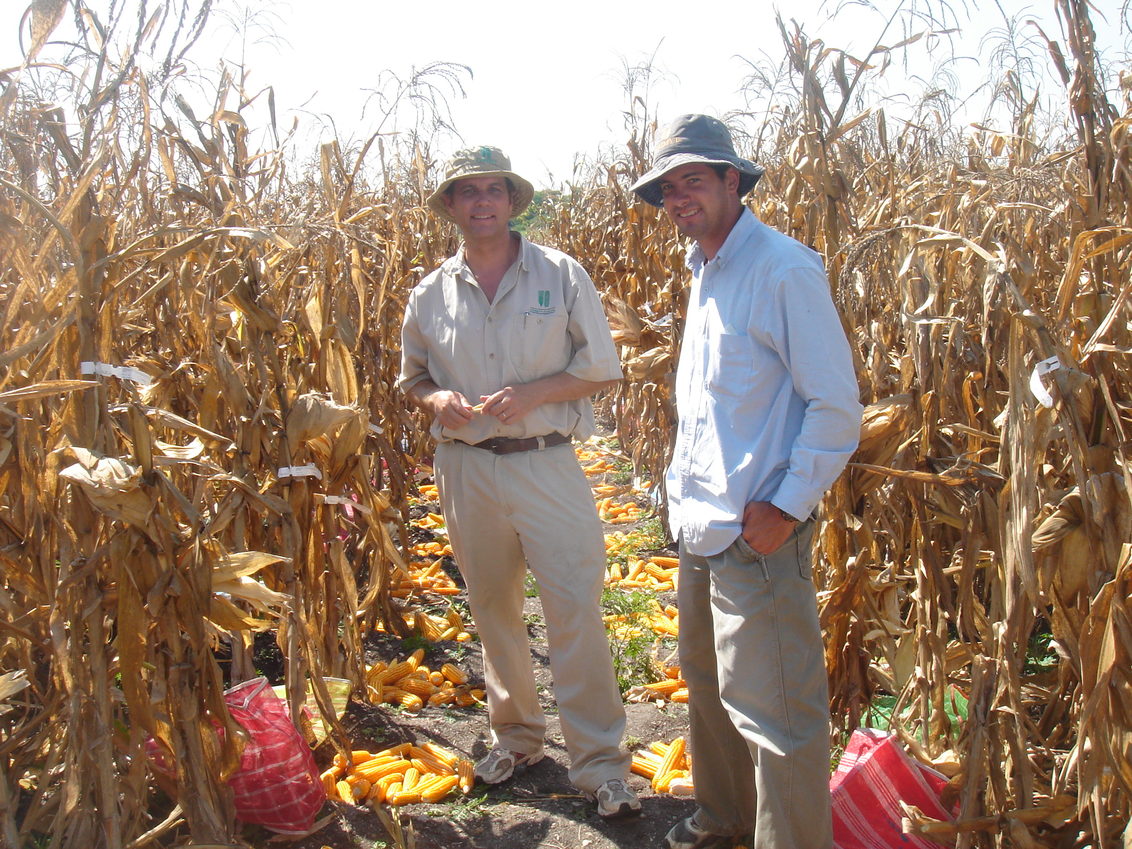Harvest Plus II

At CIMMYT, Dr. Pixley has worked on quality protein corn, as well as being a corn breeder and regional representative in southern Africa. He has degrees in crop physiology and plant breeding from the University of Florida and Iowa State University (US).
How would you briefly explain your public-private partnership (PPP) with the Syngenta Foundation for Sustainable Agriculture (SFSA)?
The main objective is to help HarvestPlus and CIMMYT develop provitamin-A-enriched corn. Specifically, this includes exploring allelic diversity for key genes in the carotenoid biosynthetic pathway, developing molecular markers for breeding programs, and increasing CIMMYT’s capacity for carotenoid analysis.
What particular private sector strengths are necessary? Why are public resources insufficient on their own?
HarvestPlus has submitted about 500 materials for genotyping at Syngenta facilities. Syngenta will also assist with bioinformatics, and with the construction of more user-friendly markers - we would like to move away from gel-based methods. For Syngenta a lot of processes are fairly routine and “high-throughput”, but in the public sector we do not do them often enough to be really efficient.
Which aspect of your SFSA-PPP was most difficult to determine at the beginning, and how did you solve this?
Negotiating the exchange of germplasm took a long time. There were also some logistical challenges early on, for example on how to pay for services. Everyone is very busy, so to keep the partnership a priority requires strong commitment - and regular teleconferences to share updates.
What has been unexpected in this PPP?
Getting the agreements signed and analyzing materials both took longer than we expected. However, investing a lot of time at the beginning in a detailed work plan has really paid off.
What advice would you give someone starting their first PPP?
Be realistic about how much time people in the partnering institutions can commit. Everyone already has a “regular job”, so the PPP will need high-level support. To give people the responsibility to take the partnership seriously, make it part of their formal work. Syngenta has assigned people to our project as part of their official responsibilities. CIMMYT also has a dedicated lead scientist and other staff.
What elements allow a PPP to actually deliver products to smallholders?
To get seed into farmers’ hands, you almost always need private sector involvement. There are few successful examples of efficient seed marketing by the public sector! Distribution requires the private sector’s networks and experience, but there are definitely synergies. The public sector needs the private sector to reach clients, but companies may lack the specialized technology or products needed by those clients.
Many PPPs focus on R&D. What scope do you see in other areas?
Capacity-building is one area. The private sector provides numerous education opportunities, which can improve scientists’ effectiveness. Access to high-cost technologies is another area where the private sector can help. A third would be the creation of foundation seed services to catalyze better access to improved seed for farmers in less commercially attractive regions.
What do you see as the future of PPPs?
I believe that there will be more PPPs across a broader spectrum of activities. Science is becoming so complex that few institutions (public or private) can do everything on their own. For example, we all need to learn a lot if we are going to use bioinformatics fully. We need to bring the best minds from the private and public sectors together to figure it out. And if we can combine public sector phenotyping ability with private sector genotyping, and then jointly use databasing and bioinformatics to analyze the results, we could gain a lot of valuable knowledge.
